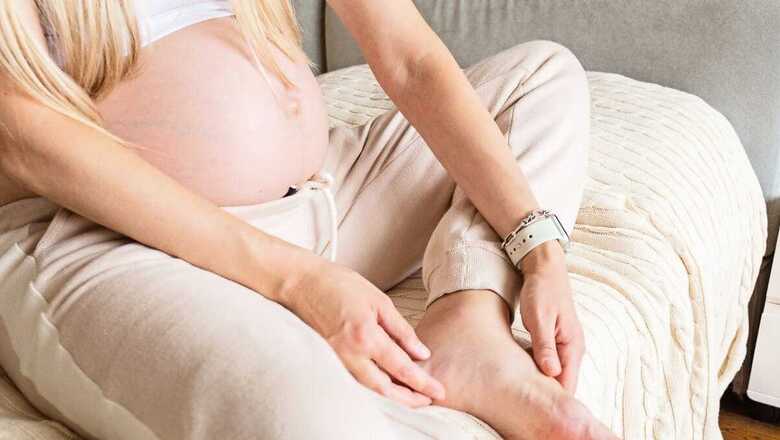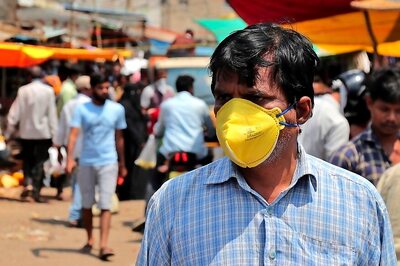
views
Thrombosis is a medical condition where blood clots form inside blood vessels, leading to potentially serious health risks. These clots can block blood flow, causing complications in vital organs such as the brain, lungs, and heart. While thrombosis can impact anyone, regardless of gender, it is particularly important for women to understand their unique vulnerabilities to this. Factors such as pregnancy and hormone therapy significantly increase the risk, making awareness crucial for maintaining good health.
What Is Thrombosis?
Thrombosis occurs when the blood coagulation process becomes dysregulated, resulting in the formation of a clot (thrombus) that obstructs blood vessels. Deep vein thrombosis (DVT) and artery thrombosis are the two main forms of thrombosis. Clots have the potential to rupture and spread to other parts of your body or to stop blood flow in your blood vessels. Blood flow to vital organs like the brain or lungs can be disrupted by a clot that becomes lodged there, potentially leading to a life-threatening situation. The position of the clot affects the symptoms, which can include skin changes, breathing difficulties, and chest pain. Although both men and women can develop these illnesses, some physiological factors put women more at higher risk.
Risk In Pregnancy
Your chance of developing a Deep vein thrombosis (DVT) rises with pregnancy, peaking shortly after delivery. Venous thrombosis, which affects 1-2 out of every 1000 women, is still unusual during pregnancy or in the first six weeks following delivery. The body’s natural ability to clot blood rises throughout pregnancy to lessen the possibility of heavy bleeding after childbirth. This alteration increases the chance of clot development throughout pregnancy even if it protects labour. One leg, generally the back of the calf, may be painful, swollen, and tender and the pain may get worse as you move. A sharp pain or hot spot in the afflicted area, red skin, especially below the knee on the back of your leg can be some symptoms.
Thrombosis During Hormone Therapy
Over 100 million women take exogenous hormones as oral contraceptives or to restore lost hormones. The risks of myocardial infarction, stroke and venous thrombosis are increased with oral contraceptives. The first year of use is when the risk is biggest. Women using oral contraceptives who have coagulation problems or who use third-generation contraceptives (containing gestodene or desogestrel) are more susceptible to venous thrombotic events. Venous thromboembolism (VTE) in the deep veins in the legs or pulmonary vasculature is the most frequent clinical symptom of estrogen-related thrombosisand it typically occurs in the first few months of treatment. In addition to arterial thrombosis, estrogen has also been linked to an increased risk of “unusual site” thromboses.
How To Prevent Thrombosis In High-Risk Women?
Maintain proper hydration by consuming enough liquids.
Give up smoking
If you are overweight, lose weight before getting pregnant.
Exercising frequently, and other healthy lifestyle practices can help you lower the risk of thrombosis.It can be suggested that you begin treatment with heparin injections. Heparin is also utilised in the treatment of venous thrombosis. But, heparin doses used in prophylaxis are often lower.
Mandatory doctor visits are suggested, if you see any abnormal signs in your body.
Women are seriously at risk for thrombosis, especially during pregnancy and when undergoing hormone therapy. But, women can lower their risk of having a potentially fatal blood clot by being aware of these dangers and adopting preventive actions. Women can take proactive measures to protect their health and reduce the risks of thrombosis, such as screening for risk factors, changing their lifestyle, or consulting closely with a healthcare expert.



















Comments
0 comment